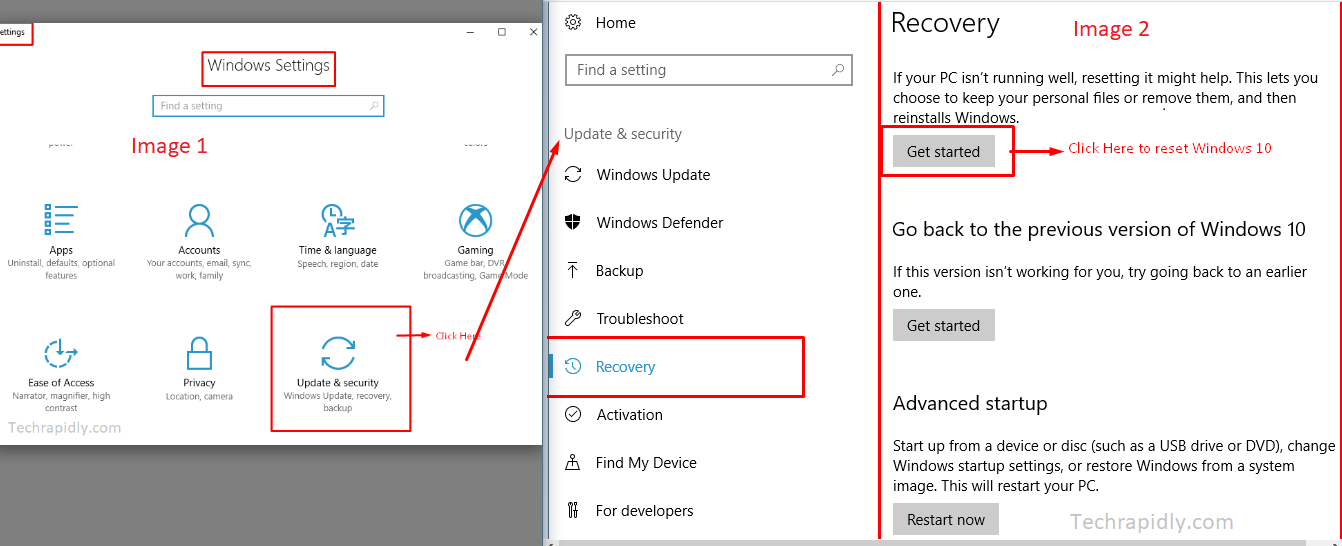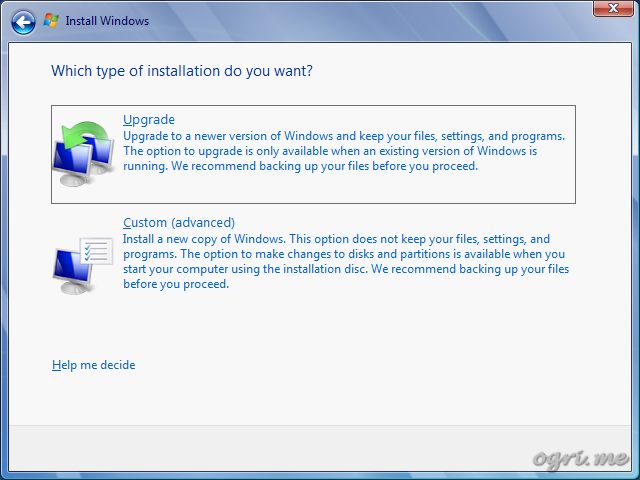



What this also means for Windows 10 and Windows 8.1 users is that you should avoid the Refresh/Reset options that are provided under Settings > Update & Security panel - for now, at least. Not the best use of a fine Sunday evening, I assure you. For example, if you are a Windows 7 user and have installed Service Pack 1, then you will have the laborious task of first attempting to uninstall the update, then install the operating system, and then download and reinstall SP1 again. Even including, thankfully, those classic desktop programs that you have installed outside of the Microsoft Store.īut the whole idea is to get you up to speed with the latest version of the OS, without having to waste time and effort to get your installation up-to-date later.

This performs a nondestructive reinstall, with the added bonus that all your applications will be preserved. How to get Free Windows 10 Upgrade in 2021 That is because instead of reinstalling, you are technically upgrading your copy of Windows. To do so, you will need the latest Windows installation media, which we will cover in detail in another section below. Starting a repair install varies, depending not just on your PC model but also which version of Windows you are using. We are just interested in repairing an existing Windows install, using the options Microsoft already provides for its operating systems. This nuclear option is often necessary to recover from major issues, or if you are looking to wipe the slate clean.īut we’re not talking about that ultimate choice today. Of course, unfortunately, if you are unable to boot into the OS, then you will have to opt for full destructive recovery. Instead, you need to boot into the Windows operating system itself, and then start the repair process from there. This means you can’t boot from your install media and repair Windows through that. That is, you must launch repair installs from Windows itself. You may be wondering this repair install business sounds interesting, how do I go about it? Well, the key thing to note here is that these types of installs share one common characteristic. It is also the path to take if you don’t want to lose your data. More importantly, if a corrupt file or Windows setting is the cause of your problem, then a repair installation can usually fix it. How to Migrate Windows 10 to SSD (without Formatting)


 0 kommentar(er)
0 kommentar(er)
